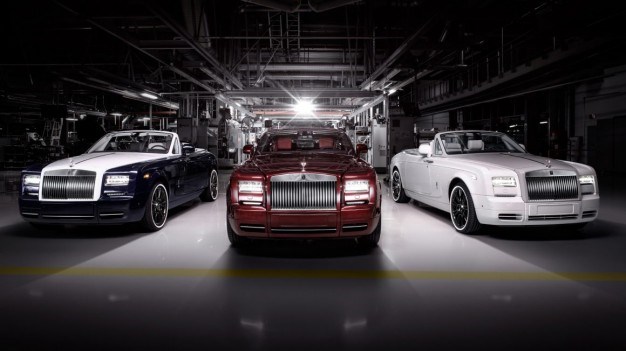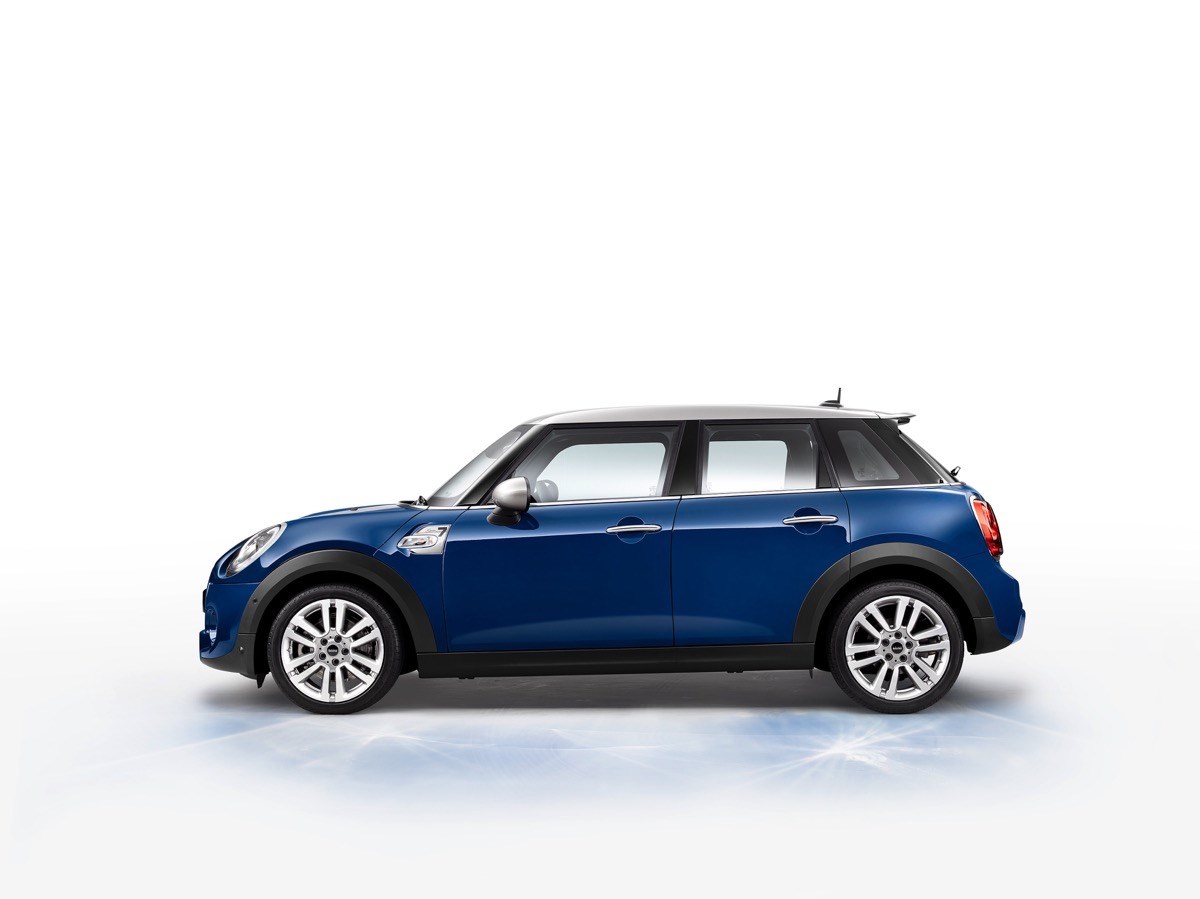Zero-star safety? It still exists
We’re all pretty blasé about a five-star NCAP safety rating these days. It’s expected. Well, of course, that new car has a five-star safety rating; it’s on sale to buy for actual money by actual human beings isn’t it?
In fact it’s only when a model from a mainstream manufacturer doesn’t somehow achieve the full five stars that we take notice, as we did when Hyundai’s Tucson small SUV initially fell one luminous sphere short last year. The spin doctors went spinning, the model was retested and all was right again, but it came as a surprise. Now imagine finding out there’s a car that has received zero stars for safety. That is a car that’s on sale today and available for people to stow their precious family members onboard and drive about in.
But wait. Imagine finding out there are five cars rated zero for safety available to buy. Seriously. No, we haven’t stumbled across a copy of the 1926 Motorists Gazette. We’re not talking about Ford Pintos or Hillman Imps. These are new cars.
Five new models on sale in the rapidly growing Indian car market failed to score any stars for safety in last week’s Global NCAP crash test programme.
Ah right, we hear you say; so, terrible cars from weird brands no one has ever heard of then. That fits.
Well sadly, no; these are admittedly cheap-as-chips models, but from carmakers who really should know better. Suzuki, Renault, Hyundai. Even Mahindra — a domestic manufacturer — has the high-tech global resources to make a safe passenger car.
The big problem is that none of the models tested — and brace yourself for this — is fitted with airbags as standard. Not even an airbag in the steering wheel boss, let alone one for the front seat passenger. This seems remarkable, doesn’t it?
Following the zero-rated results in the crash testing of the vehicles, David Ward, secretary general for Global NCAP was forced to state the bleeding obvious when he said: “The latest SaferCarsforIndia results show how important it is for cars to have a body shell that can remain stable in a crash. This is an absolutely crucial pre-requisite for occupant safety together with fitment at least of front air bags.”
You’d presume the likes of Renault and Suzuki would at that point be furiously scribbling in their notepads like they’d just discovered the teacher’s answer book to the big exam. This is basic stuff, isn’t it?
Yes it is. But of course it all comes down to cost. In order to sell cars for the masses in a market such as India’s you need to offer said cars at a low price-point. To achieve the low cost you need to use cheaper grades of metal. You need to strip out the sort of electronics consumers in the west take for granted; air conditioning, entertainment systems, parking sensors and – it would seem – basic safety equipment.
“It is very surprising that a manufacturer like Renault introduced [a model] initially lacking this essential feature,” Ward continued. “Global NCAP strongly believes no manufacturer anywhere in the world should be developing new models that are so clearly sub-standard.”
Last Phantoms feature extras

With luxo-barge Phantom production at an end, Rolls-Royce is also preparing the final 50 Phantom Coupes and Drophead Coupes. They’re all spoken for, but each new owner will have an unusual memento of their car’s passage down the Goodwood production line.
Called the Zenith Collection, each of the final 50 cars will feature a piece of the production line itself, embedded within the cabin detailing. We’re not talking a Phantom Coupe with a roster whiteboard mounted over the glovebox, nor a Drophead with the stereo replaced by a luminous “no smoking” sign from the lunchroom. The bits of production line are smaller — and more technical — and are housed in polished aluminium cases on the dash. Each is laser-engraved with the car’s ID number as well as co-ordinates of the individual widget’s location on the assembly line.
Each of the final cars in the Zenith Collection will have laser-etched armrest caps displaying the locations of the global debuts of the concept versions of each model; Lake Geneva for the Coupe and Villa D’Este in Italy for the Drophead. The final 50 also feature exterior colour options based on the 1930s-era Rolls-Royce Phantom II Continental.
Though the opportunity to take a part of the assembly line with your Rolls-Royce is an interesting addition, it’s not a world-first. During the car strike-plagued 1970s, many British Leyland line workers would mischievously leave Coke cans, ball bearings and other manufacturing detritus inside the doors of Austin Maxis and Morris Marinas, in rattling protest at their employment conditions.
Mini Seven turns out to be just a paint-based dress-up

Here at The Good Oil we excitedly clicked open a press release from Mini last week announcing a new Mini Seven.
At last, we cried internally, the actual small-proportioned new Mini that parent company BMW has always hinted at but never delivered. After all, with a model name that harks back to the original Austin Mini Seven, what better badge to put on a tiny Mini? But no.
The Mini Seven is just a limited edition dress-up exercise, with new exterior colours (we concede the Lapisluxury blue is very nice), bonnet stripes, a silver roof and an exclusive 17- or 18- inch alloy wheel design. It will be available in three- or five-door when it arrives later in the year. In fact the new Mini Seven only strays close to old Austin Mini Seven territory when it comes to trim elements in the dashboard and centre console, finished in a colour that could be right out of a 1959 British Motor Corporation sales brochure; malt brown.
So will we ever see a diminutive Mini worthy of the name?
Possibly. Insiders suggest a shortened version of the popular hatchback — based on the Rocketman concept car and potentially called the Mini Minor — could surface by 2019.
Industry scuttlebutt suggests the Mini Minor (another name that mines the brand’s rich history) could be a joint venture between BMW and Toyota. It would be a great small platform on which to give Mini its version of BMW’s i3 electric vehicle, so odds are reasonably high it will happen… eventually.
Number Crunching
65 PER CENT Of all Rolls-Royces built are still on the road today
1980 YEAR Vickers bought Rolls-Royce (sold to BMW in 1998)
44 THOUSAND COLOURS Estimated to be available for Rolls-Royce purchasers to pick from
17 DAYS Average time required to complete upholstery in each Phantom




